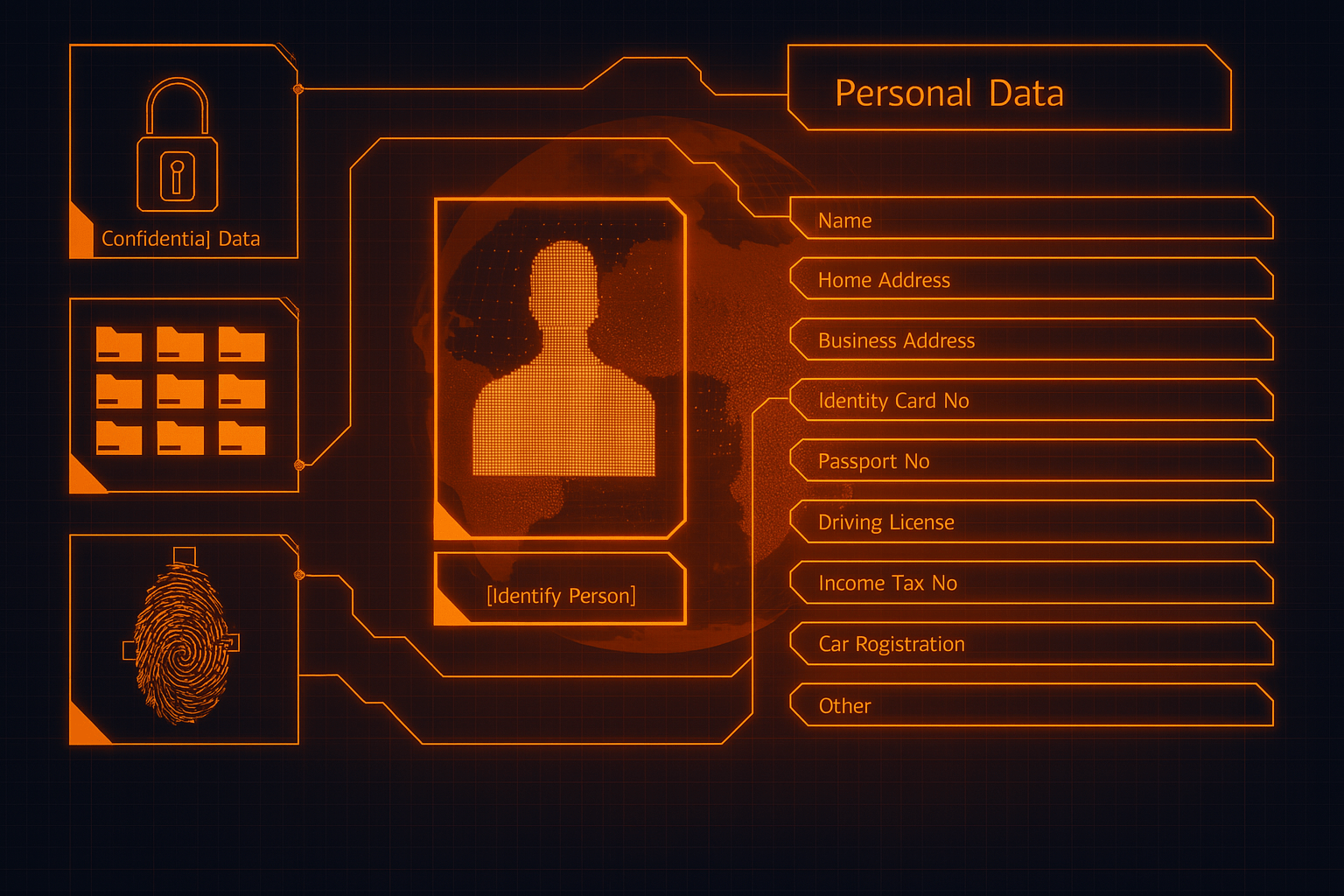
Blog
Explore the latest in cyber security with CyberOne insights. Stay ahead with expert advice, Microsoft Security updates and real-world case studies to strengthen your cyber resilience.
- All Blog Posts
- Microsoft
- Cyber Attacks
- Penetration Testing
- Best Practice
- Cyber Security
- Threat Intelligence
- Cyber Threats
- General
- Cyber Hygiene
- IT Managed Services
- Managed Detection & Response (MDR)
- Security Operations Centre
- Case Study
- Certification
- Cloud Security
- Network Transformation
- Choosing a Provider
- Data Security
- Budgets
- Identity Management
- Incident Response
- Zero Trust
- Artificial Intelligence
- Extended Detection & Response (XDR)
- Governance, Risk & Compliance
- Internet Security
- Supply Chain Risk
Cyber Security
July 9, 2025
5 Signs Your Business Is Outgrowing DIY Cyber Security
Your IT team is overwhelmed with security alerts but can’t necessarily determine which ones are most critical. Sounds familiar?


Graphnet Health is the UK’s leading provider of shared care records and population health…

07 July 2025
Closing Data Security Gaps: The Case for Microsoft Purview
Most organisations approach data security as if it were 2015. They deploy multiple-point solutions…

Managed Detection & Response (MDR)
04 July 2025Why Organisations Get MXDR Selection Wrong & How to Get It Right
Organisations treat MXDR vendor selection like software shopping. They compare feature lists,…

03 July 2025
Secure by Design: Integrating Security to Boost Business Resilience
Too often, security is treated like insurance: reluctantly purchased, hoped never to be used and…

01 July 2025
Scattered Spider’s Next Moves: Weaponising Operational Fragility Across Critical Industries
Many security teams assume Scattered Spider targeted aviation purely for the value of airline data.…

30 June 2025
Beyond the 16 Billion Credential Headlines: Why Identity Security Remains Critical to Your Business Resilience
Recent headlines about “16 billion stolen credentials” have sparked debate amongst the CyberOne…

24 June 2025
Retail Cyber Attacks: 5 Critical Security Actions Every Business Must Take
The wave of recent ransomware and identity-based attacks on retail giants, including Marks &…

23 June 2025
CyberOne Achieves Microsoft Advanced Specialisation in Identity & Access Management
CyberOne is proud to announce we have achieved Microsoft Advanced Specialisation in Identity and…

